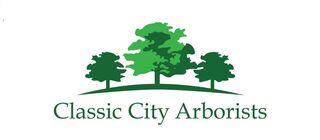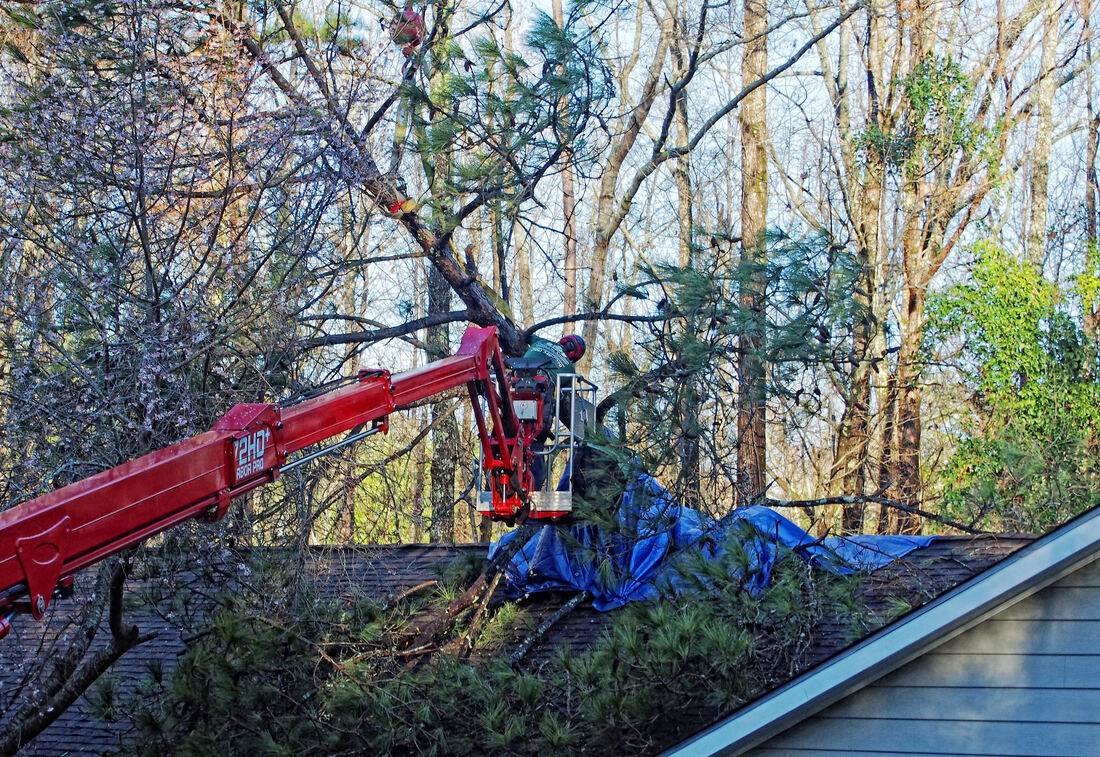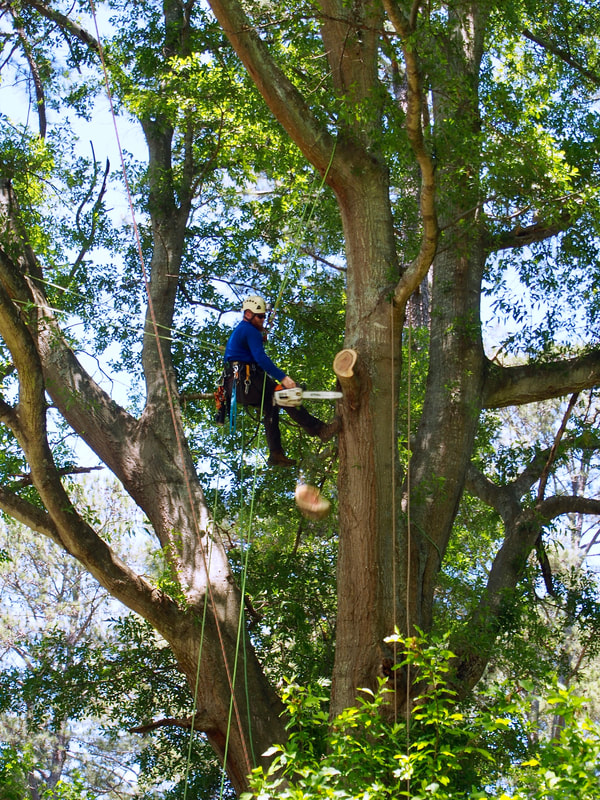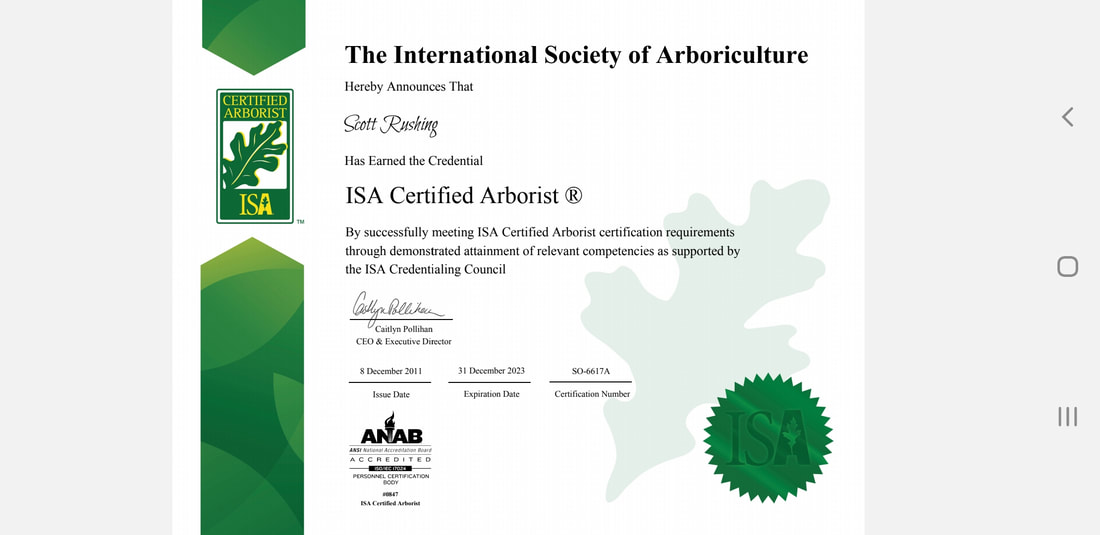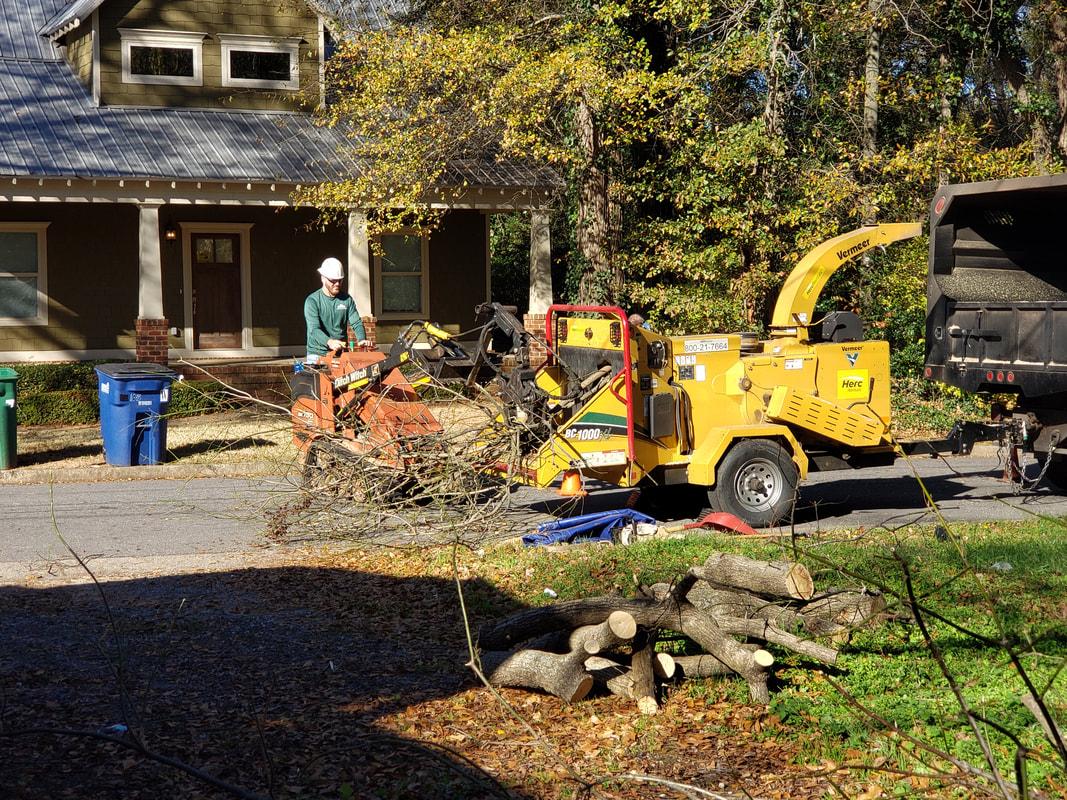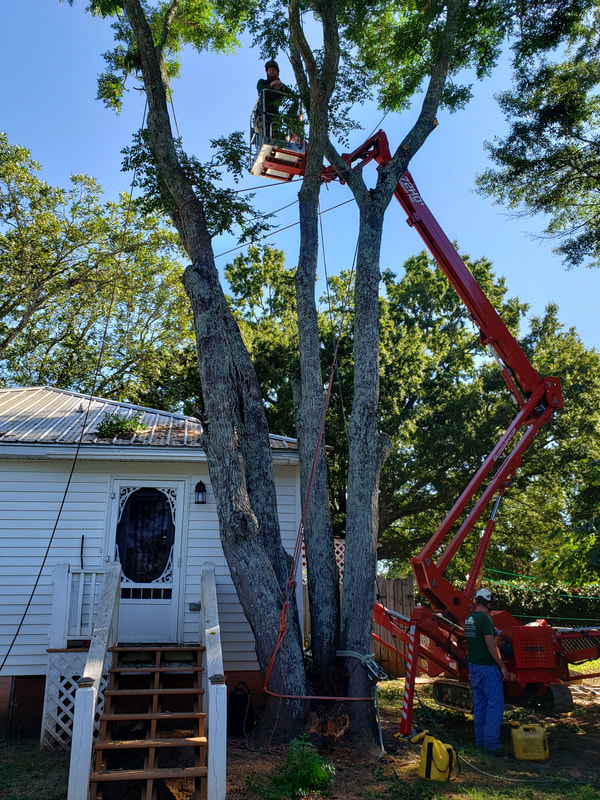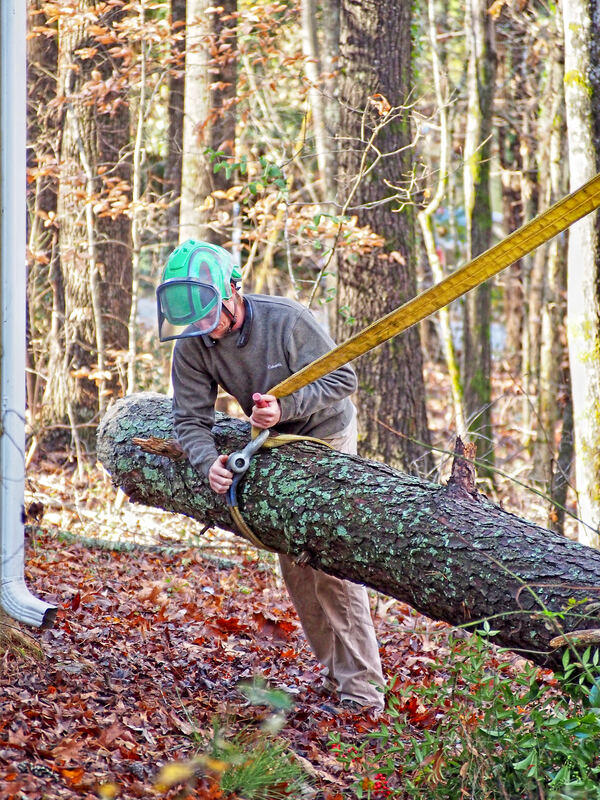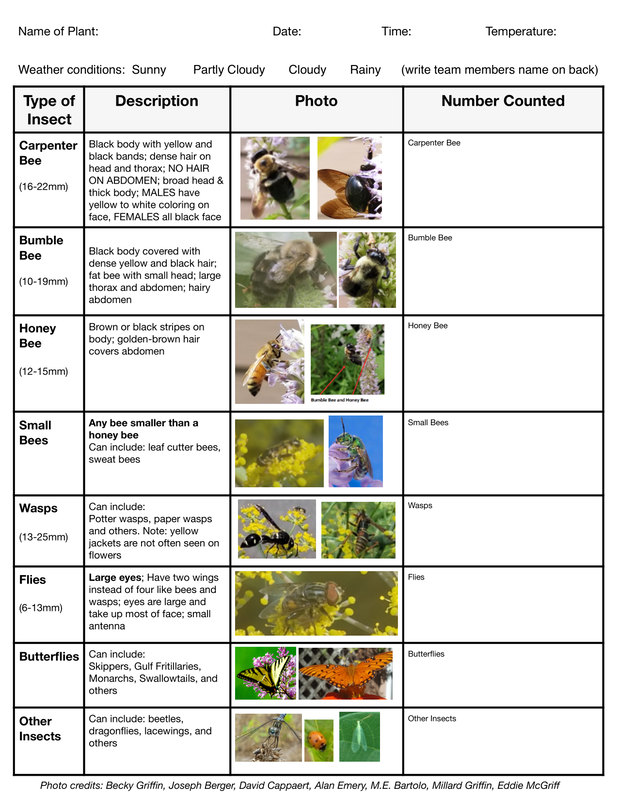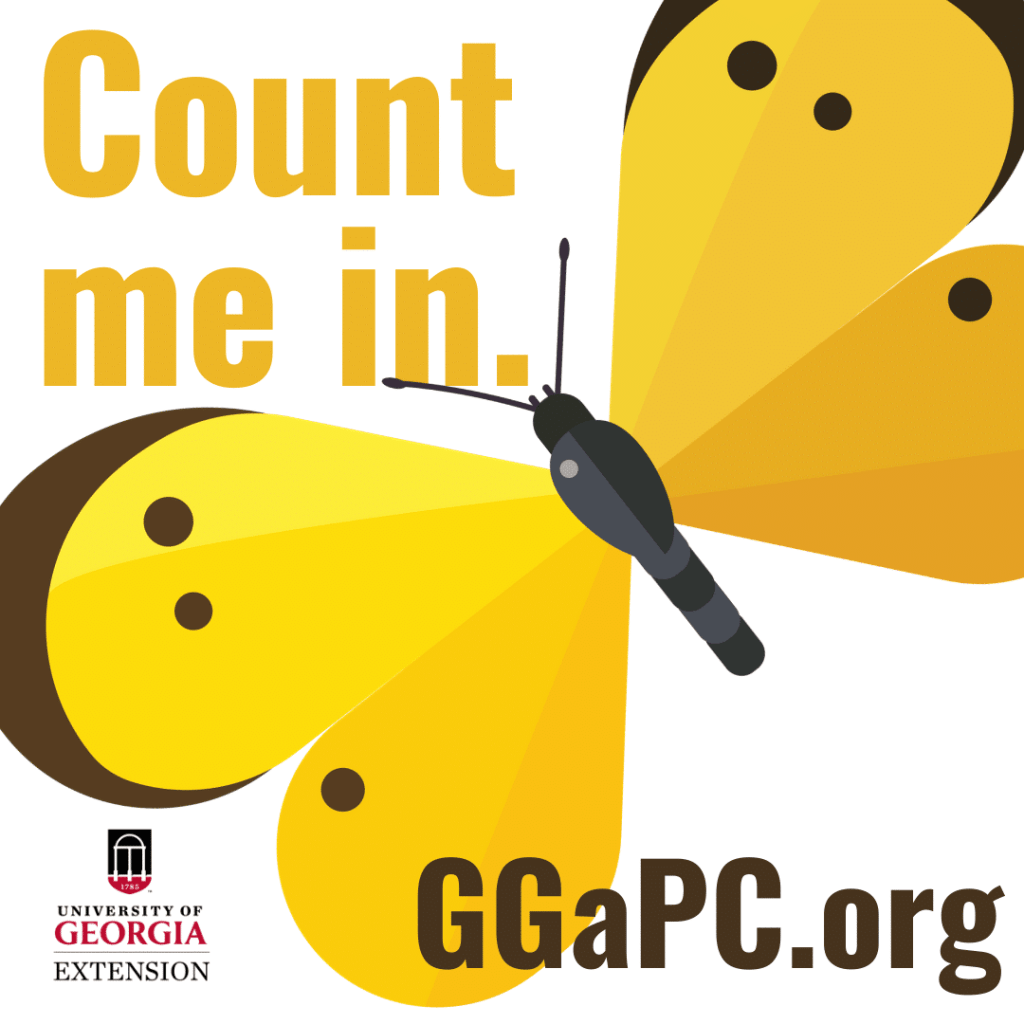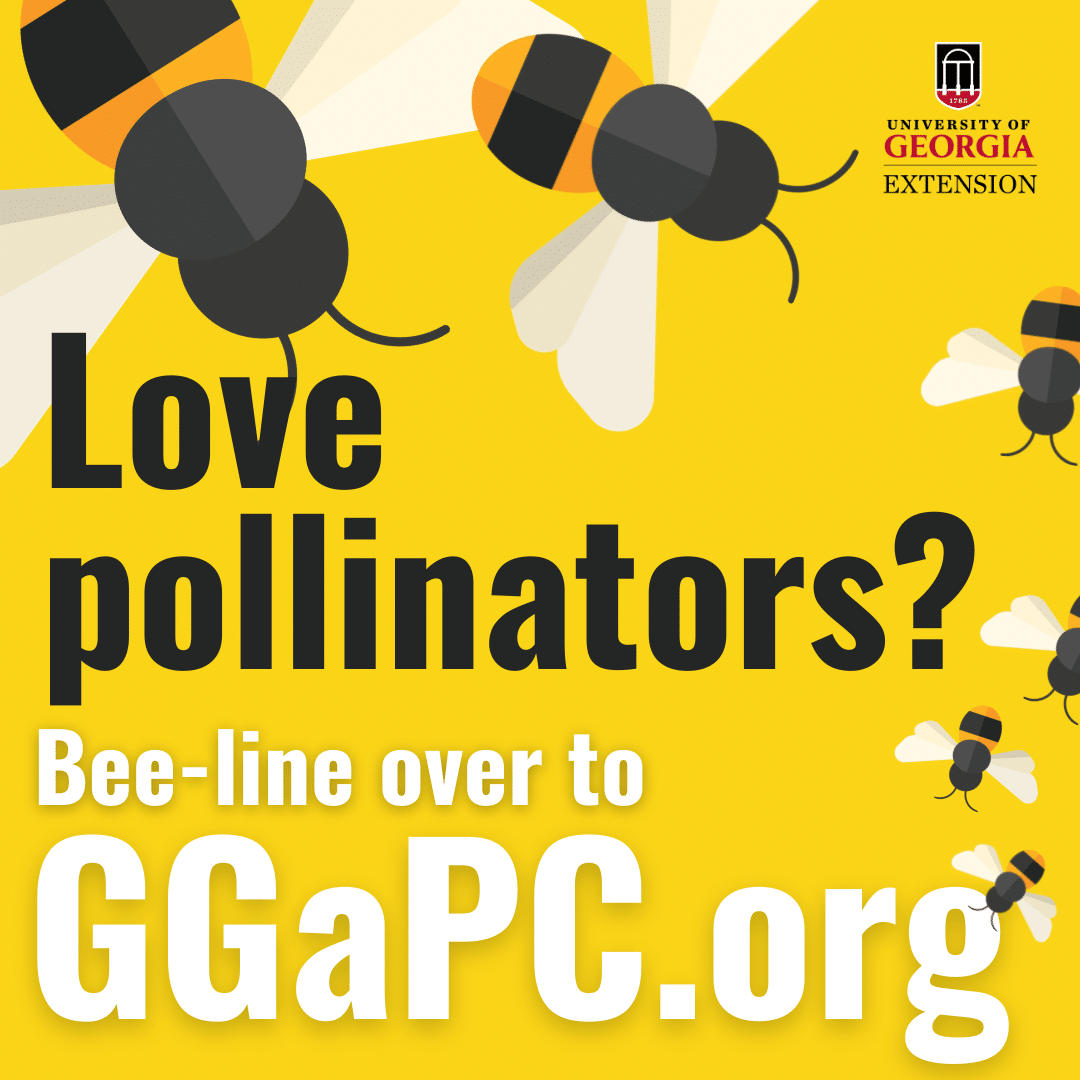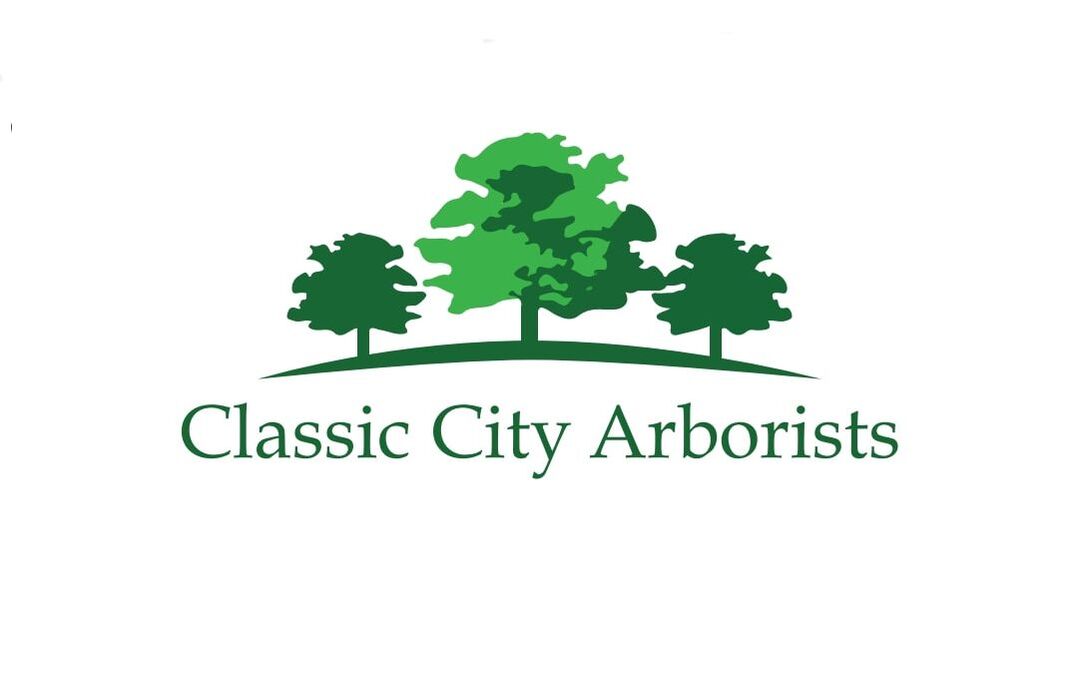|
News and Blog Articles
|
|
One of the biggest concerns we hear from our customers is the price tag on the tree work they want done. Many people are surprised by how expensive it can be to cut down even just one little old tree, let alone something more complicated like raising a canopy or getting a downed trunk off a roof. So why is tree service so expensive? Tree Work is DangerousMost of our work is performed on compromised trees. What we do requires us to get up close and personal with failing and at-risk trees, which puts us at a heightened risk for injury. Our employees know what they’re getting into, but that doesn’t mean we don’t want to take care of them. We’re a family-owned business, and consider our employees a part of that family. To ensure everyone who works for us is protected, we maintain Worker’s Comp insurance. Should the unthinkable happen, we want our employees to know that we will take care of them. In addition to insurance, we also want our workers to be able to maintain a healthy work-life balance. We strive to provide fair compensation for the intense work this job requires, and offer paid time off and paid holidays. Training and CertificationWith such dangerous work, it’s important for everyone on the job to know what they’re doing. That means plenty of training and preparation for our employees. Scott Rushing, co-owner and Certified Arborist, maintains his certification through the International Society of Arboriculture (ISA) with continuing education courses throughout the year to ensure he’s up-to-date on all the latest tree care policies and procedures. To learn more about what it means to be a Certified Arborist, check out our article on ISA Certification. We’re Licensed and InsuredIn addition to Worker’s Comp, we also hold liability insurance to protect you, the customer. While accidents aren’t common, we want our customers to know that their property and livelihood is protected at all times when we’re on the job. To get liability insurance (and also legally be allowed to do business) we have the proper business licenses for Oconee County, Athens-Clarke County, the State of Georgia, and the United States. Tree Work is ComplexAll the factors we’ve discussed so far are the basics of why tree work is so expensive. But in addition to those things, what impacts how we price out any individual job is how complicated that job is. It might not seem like such a big deal if you just want one little tree cut down, but there are a lot of logistics we have to consider:
These factors only get more complicated as the job itself gets more complex. If you just want a few limbs pruned, we have to figure out how to get to those specific limbs without damaging the other ones. If you want a tree dropped that’s surrounded by other trees, we have to work around those trees. If the tree you want us to work on is in your back yard, we have to get our equipment back there without tearing up your property. If you want a lot of different things, we may have to pay our workers overtime to get everything done in a timely manner. All of these considerations go into how we price tree work. At Classic City Arborists, we strive to be as transparent and open with our customers as possible. If you have any questions about the prices associated with work we’ve quoted for you, please don’t hesitate to ask us! Scott will be more than happy to discuss with you why things are priced the way they are, and what factors he’s focusing on for any given line item. If you’re interested in working with us, fill out our contact form for a free estimate! AuthorEmily Casuccio is sister and sister-in-law to Rebekah and Scott Rushing, and has over half a decade of experience in copywriting, copyediting, proofreading, and developmental storyboarding. She's worked with both published and undiscovered authors on both fiction and nonfiction, and takes pride in supporting local businesses. Her passion lies in the written word and helping authors of all capacities realize their dreams and achieve their fullest potential. To learn more about her, read samples of her work, or contact her, visit her online portfolio.
10 Comments
Our next tree of the month is the mayhaw, a type of hawthorn tree known for its sweetly tart berries. This native species can be found all throughout the southeast, and is popular both for the brilliant and variegated colors of its berries as well as the delicious jams and syrups made from those berries. The mayhaw tree, scientifically classified as Crataegus aestivales, prefers to grow in moist soils and can be found along river and creek beds under the cover of hardwood trees. They’re pretty hardy, though, and can adapt to dryer environments, like your backyard! In the wild, they grow mostly as trees, though if they don’t have enough space, they’ll spread out more like a shrub. If you plant one, you can cultivate it however you’d like. Where other plants might wither or crisp in the hot Georgia sun, mayhaws actually love it. They prefer full sun exposure, or at least 6 hours of direct sunlight a day, making them a great choice for Southern landscaping. They can tolerate partial shade if necessary, though, so don’t worry if your yard doesn’t get sun all day. Because they grow fairly quickly and densely, mayhaws are a great choice to create a privacy screen or hedge. They also offer cooling shade if grown into tree form rather than bush form. Though potentially susceptible to rust, mayhaws are surprisingly resistant to most diseases, even those known for impacting other hawthorn species. The leaves of the mayhaw have a pretty classic leaf shape, with subtle parallel lobes on either side. They have fairly prominent ribbing, and take on a deep, warm green color in early spring, which contrasts nicely against the bright white flowers. Mayhaws are technically in the rose family (and they have the thorns to prove it!) but their blooms don’t look much like roses. Instead, they have five white petals surrounding a greenish-yellow center with multiple dark stamens. These flowers start popping up in early spring before giving way to the edible mayhaw berries. The small fruits start out small and green, but soon transition to a bright cranberry red when fully ripened. Though berries can often be seen well into June and July, mayhaw berries are usually harvested in May, which is where they get their name. Eaten raw, mayhaw berries are incredibly tart. However, if you live in the South, then you’re probably familiar with mayhaw jelly. This popular spread is the perfect balance of the tart berries coupled with sweet sugar, and makes a perfect topping for toast or filling for a pie. Mayhaw berries are also the main ingredient in mayhaw syrup, which can be spread on pancakes, drizzled over sausage, or added to other recipes. AuthorEmily Casuccio is sister and sister-in-law to Rebekah and Scott Rushing, and has over half a decade of experience in copywriting, copyediting, proofreading, and developmental storyboarding. She's worked with both published and undiscovered authors on both fiction and nonfiction, and takes pride in supporting local businesses. Her passion lies in the written word and helping authors of all capacities realize their dreams and achieve their fullest potential. To learn more about her, read samples of her work, or contact her, visit her online portfolio. You’ve heard of the census, of course. Periodically, we all respond to a variety of questions that help keep our country up-to-date. But have you heard of the Great Georgia Pollinator Census? What is the Great Georgia Pollinator Census?Once a year, the University of Georgia’s College of Agricultural and Environmental Sciences organizes the Great Georgia Pollinator Census, or GGAPC for short. This project catalogues the pollinator population in our state by recording the frequency with which different pollinators visit pollen-bearing plants. Why is that important?Pollinators are, of course, vital to their ecosystems, but they are also vital to our way of life. There are more than 180,000 species that pollinators visit to assist with their reproductive process. 1,200 of those species are major crops that sustain our society! To put that in perspective, think of it this way: approximately 1 out of every 3 bites of food you take is thanks to pollinators. In addition to supporting our food supply, pollinators also ensure the continuation of all life on earth. That may sound drastic, but without pollinators assisting them, somewhere between 75% to 95% of all plant life wouldn’t be able to reproduce, which means their species would die out. Plants produce the oxygen we breathe and help keep the air clean. No plants means no oxygen, and no oxygen means no humans! How can you help?Contributing to the pollinator census is easy, especially with the GGAPC’s helpful census worksheet ! On August 20th or August 21st, go outside and sit in view of a pollinator plant. It can be your favorite flowering bush in your garden, a cluster of wildflowers on the sidewalk, or something found at the local park. For 15 minutes, watch your chosen plant and write down the pollinators that land there. The census categorizes pollinators like this:
Keep a tally for each category, and when your 15 minutes are up, submit the numbers you recorded to the Great Georgia Pollinator Census’s website. Can anyone participate?Yes! You don’t have to be an entomologist (someone who studies bugs) to help out with the census. If you’re still unsure about the different categories of pollinators, the GGAPC has a detailed guide with pictures, descriptions, and other information to help you figure things out. You can also check out their video guide on YouTube for a walk-through of the process. What about kids?Absolutely! The GGAPC encourages kids across the state to join in (with parental supervision, of course). This project is a great way to get kids outdoors and engaged with the natural world around them. It also makes for a great introductory STEM exercise, and is perfect for class activities as well as at-home adventuring. If you’re interested in participating in the Great Georgia Pollinator Census, check out their website for more information at GGAPC.org. You can also visit their Facebook group for updates, event details, and other fun community activities! Looking for more ways to contribute?One of the best things to do for pollinators is to grow them some food! Check out our article on what to plant to attract pollinators so you can support their population, and enjoy some pretty flowers to boot! AuthorEmily Casuccio is sister and sister-in-law to Rebekah and Scott Rushing, and has over half a decade of experience in copywriting, copyediting, proofreading, and developmental storyboarding. She's worked with both published and undiscovered authors on both fiction and nonfiction, and takes pride in supporting local businesses. Her passion lies in the written word and helping authors of all capacities realize their dreams and achieve their fullest potential. To learn more about her, read samples of her work, or contact her, visit her online portfolio. August is officially here, meaning we’ve reached the hottest months of the summer. With the sun hanging low in the sky every day and the temperatures ever rising, you’ve probably already noticed most of these common pests bugging your trees. To help combat the potential damage, here’s a little bit about the 5 most common forest pests in Georgia, along with what you can do about them! 1. Pine Bark BeetlesPine bark beetles, as the name suggests, are rather fond of pine trees. Though they are most commonly found in pines that are already dying or in decline, they will happily infest a healthy tree in great enough numbers. These insects bore through the inner bark of the tree, creating winding pathways inside the trunk in their search of soft tissue to eat. The tree’s downfall usually comes from this maze of tunnels, which decimates the tree’s structural integrity and nutrient delivery system. Pine bark beetles can also carry blue-stain fungi, which infects trees by siphoning their waterflow. What can you do? Aside from harsh chemical insecticides, there’s not much you can do to treat pine bark beetles themselves. Rather, your focus should be on maintaining healthy pine trees. Regular pruning of dead or dying limbs, proper irrigation and soil drainage, and a close eye will help ensure your pine trees are healthy enough to deter pine beetles altogether. 2. Ambrosia BeetlesAnother opportunistic beetle, ambrosia beetles prefer to attack trees that are already dead or dying, or at least have dead or dying limbs. The females of this species bore into dead tree tissue to lay their eggs. A sure sign of infestation is the thin, noodle-like “toothpicks” this burrowing leaves behind. Alone, this causes damage to the tree's internal structure and nutrient delivery system, but it’s not usually enough to kill the tree itself. The final nail in the coffin is actually the ambrosia fungus that these beetles carry. What can you do? As with pine bark beetles, there is little that can be done to save a tree once an ambrosia beetle infestation and/or ambrosia fungal infection has been identified. Certain pesticides can be used to discourage ambrosia beetle interest. Supporting the health of your trees via soil drainage, pruning, and general maintenance is the best manner to equip them to ward off any unwanted pest attention. 3. Scale InsectsScale insects are tiny and difficult to notice. They get their name from both their scaly appearance, and the way they appear like layered scales on an infested area. They typically attack evergreen and deciduous plants, and may settle on leaves, twigs, and/or trunks. One identifying marker of an infestation is the sticky, waxy substance these pests secrete, which is sometimes called “honeydew.” The infected part of the tree will also show signs of decline, including leaf and needle stunting, yellowing, and branch dieback. If left unchecked, scale insects will happily infest and weaken the entire tree, which leaves it susceptible to other pests, boring insects, and environmental problems such as rot. What can you do? Keeping your trees property fertilized and pruned is, once again, the best method of protecting them from scale insects. Pesticides may aid with the prevention of an infestation, and may also be utilized to treat one. 4. Japanese BeetlesJapanese beetles come from Japan, where their population is easily controlled by natural predators. However, in the United States, these beetles are an invasive species, preying on nearly 300 tree species with no natural predator in sight. Most common in the hottest months of summer, Japanese beetles “skeletonize” trees. Basically, they eat the flesh of leaves and flowers between the veins, leaving behind a skeleton leaf. They also feed on overripe fruit, which can usually be found in abundance towards the end of the season. Though eating the fruit does little harm to the tree, the decimation of its leaves and flowers prevents the tree from photosynthesizing properly, and often leaves it without enough nutrients to survive. What can you do? A popular method of treating a Japanese beetle infestation is Japanese beetle traps, which are available at most home improvement and gardening stores. However, recent studies have shown that these traps, while adept at catching thousands of beetles a day, actually attract more beetles to the area, which in turn leads to further infestation of either the affected tree or other susceptible flora nearby. Luckily, there are insecticide options for treating beetle infestations, and also soil insecticides designed to kill larvae and grubs to prevent a subsequent invasion. These insecticides can also be sprayed as a preventative measure. 5. AphidsAphids are commonly associated with destroying farm crops, but they also love to feed on trees. In moderate amounts, aphids aren’t likely to impact a tree’s overall health. However, in large quantities, the damage to a tree’s leaves can stunt photosynthesis and further growth. Some aphids also inject a toxin into the plants they feed on, which quickly impacts the plant’s health. These are by no means the majority, though. What can you do? Aphids, though susceptible to insecticides, are not often a serious enough problem to warrant treatment at all. The best course of action for aphids is to simply see to the overall health of your tree using the methods we’ve already mentioned: regular maintenance, pruning, and soil drainage. So there you have it! The 5 most common forest pests in Georgia. If you suspect that one of your trees has become infested with any of these pests, our Certified Arborist, Scott, would be happy to come out and take a look! He will offer his professional opinion on how to treat the tree, and whether or not the tree can be saved. Fill out our contact form on our website, or give us a call today! Check out our article on the signs of tree decline to learn more about how you can spot pests and diseases in your trees. AuthorEmily Casuccio is sister and sister-in-law to Rebekah and Scott Rushing, and has over half a decade of experience in copywriting, copyediting, proofreading, and developmental storyboarding. She's worked with both published and undiscovered authors on both fiction and nonfiction, and takes pride in supporting local businesses. Her passion lies in the written word and helping authors of all capacities realize their dreams and achieve their fullest potential. To learn more about her, read samples of her work, or contact her, visit her online portfolio. |
Categories
All
Archives
January 2023
|
|
23 Whatever you do, work at it with all your heart, as working for the Lord, not for human masters,
24 since you know that you will receive an inheritance from the Lord as a reward. It is the Lord Christ you are serving.
Colossians 3:23-24
24 since you know that you will receive an inheritance from the Lord as a reward. It is the Lord Christ you are serving.
Colossians 3:23-24
